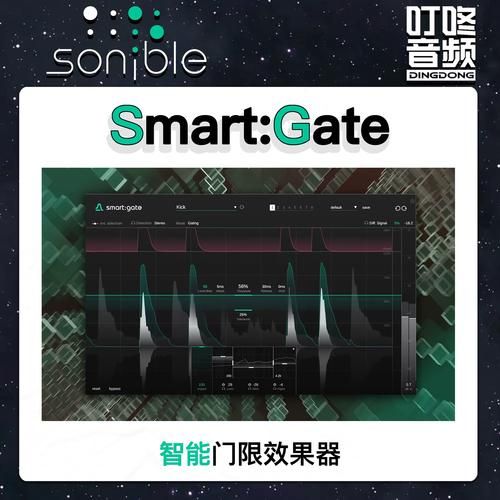Yes, the best AI assistant today is Amazon Alexa for ecosystem breadth, Google Assistant for search intelligence, and Apple Siri for privacy-first users.

Why Smart Home Devices Matter in 2024
The phrase “ *** art home” has shifted from marketing buzz to daily necessity. **Energy prices are climbing**, security concerns are rising, and remote work has made seamless connectivity non-negotiable. A well-chosen suite of devices can cut utility bills by up to 30 %, deter break-ins before they happen, and free up mental bandwidth for more creative tasks.
Core Criteria: How to Choose Smart Home Devices
1. Compatibility First: Protocols & Ecosystems
- Matter – the new open standard that lets bulbs, locks, and sensors talk to any hub.
- Zigbee vs. Z-Wave – Zigbee offers more brands; Z-Wave runs on a quieter frequency that avoids Wi-Fi congestion.
- Thread – ultra-low-power mesh built into newer Google Nest and Apple HomePod devices.
Ask yourself: “Do I want to stay inside one walled garden or mix and match?” If you prefer freedom, prioritize Matter-certified gadgets.
2. Security & Privacy Checklist
Every extra sensor is a potential doorway for hackers. Follow this quick audit:
- End-to-end encryption – look for AES-128 or higher.
- Local processing – cameras with on-device AI reduce cloud exposure.
- Two-factor authentication – mandatory, not optional.
- Regular firmware updates – check the brand’s patch history before purchase.
3. Voice Assistant Showdown: Which AI Is Best?
Amazon Alexa
Boasts **130,000+ Skills**, deep integration with Ring, Blink, and Eero. Routines can trigger based on ultrasonic presence detection. Downside: heavy data collection unless you opt out.
Google Assistant
Excels at **natural language queries** and leverages Google’s Knowledge Graph for follow-up questions. Works natively with Nest thermostats and Fitbit wearables. Privacy controls are granular but buried in menus.

Apple Siri & HomeKit
Runs most automations **locally on an iPad, Apple TV, or HomePod**, minimizing cloud risk. Setup is painless via QR codes, yet device selection remains slimmer.
Room-by-Room Device Blueprint
Living Room
- Smart Display – Echo Show 15 or Google Nest Hub Max for visual calendars and camera feeds.
- Soundbar with built-in assistant – Sonos Beam (Gen 2) supports Dolby Atmos and multi-room audio.
- Presence sensor – Aqara FP2 uses mmWave radar to detect micro-movements, turning lights off only when the couch is truly empty.
Kitchen
Install a ** *** art plug with energy monitoring** behind the espresso machine; track idle power draw and schedule auto-shutoff. Add a ** *** art faucet** like Moen’s U by Moen to dispense 100 ml of water at precisely 92 °C for pour-over coffee.
Bedroom
Use **adaptive lighting** that shifts from energizing 6500 K in the morning to warm 2200 K at night. Pair Philips Hue bulbs with a motion sensor so a gentle amber path lights up for 3 AM water runs without killing melatonin production.
Hidden Costs Nobody Mentions
Smart switches often require **neutral wires**; older homes may need rewiring at $150 per switch. Subscription fees for cloud storage—$3 to $10 monthly per camera—can exceed hardware costs within two years. Factor in **UPS backup** for routers and hubs; without it, a single power outage can cripple the entire ecosystem.
Future-Proofing Tips
- Buy Thread-ready devices today even if you lack a Thread border router; firmware updates will unlock mesh later.
- Reserve IP addresses for hubs in your router settings to prevent DHCP conflicts.
- Label cables and document scenes** in a shared note so any family member can troubleshoot.
Quick Decision Matrix
| Scenario | Recommended Assistant | Starter Bundle |
|---|---|---|
| Renter, *** all apartment | Google Assistant | Nest Mini + two Nest Cam Indoor + Kasa *** art plugs |
| Homeowner, Apple household | Siri via HomeKit | HomePod mini + Eve Energy strips + Logitech Circle View |
| Power user, DIY tinkerer | Alexa + Home Assistant | Echo Studio + Zigbee sensors + Raspberry Pi 4 as secondary hub |
Installation Day Checklist
- Update router firmware the night before.
- Create a dedicated **IoT VLAN** to isolate *** art devices from laptops and phones.
- Test automations in airplane mode to confirm local execution.
- Take photos of serial numbers and QR codes; store them in an encrypted vault.
Common Pitfalls & How to Dodge Them
Pitfall: Buying Wi-Fi-only bulbs for a 40-device setup.
Fix: Switch to Zigbee or Thread to prevent router overload.
Pitfall: Ignoring latency in voice commands.
Fix: Place at least one *** art speaker in every 300 sq ft of open space.
Pitfall: Over-automating and confusing guests.
Fix: Use physical switches with *** art override; Lutron Caseta keeps wall controls intuitive.
Next Steps After Setup
Once the basics are stable, layer in **ambient computing**: train Alexa to recognize different cough patterns and trigger a humidifier, or let Google Assistant read out calendar conflicts while you brew tea. The goal is not more gadgets but **less friction**—a home that anticipates instead of reacts.

评论列表